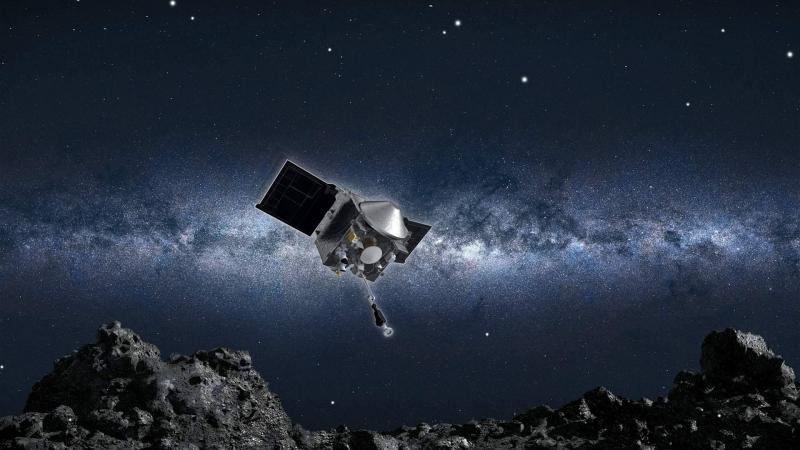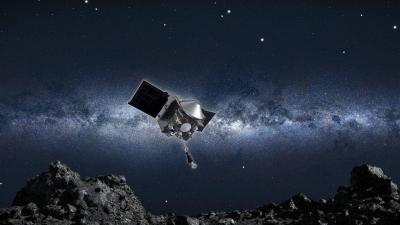A spacecraft capsule from the U.S. National Aeronautics and Space Administration (NASA) is hurtling towards Earth while carrying a sample of rock taken from the surface of an asteroid three years ago. The capsule is scheduled to land with a parachute in the Utah desert tomorrow, Sunday, at 14:55 GMT, approximately 13 minutes after it breaches the atmosphere at a speed over 35 times the speed of sound, marking the culmination of a seven-year journey.
NASA officials stated during a press conference on Friday that weather forecasts are favorable and that the autonomous spacecraft (OSIRIS-REx) is on track to release the capsule carrying the sample from the asteroid Bennu as planned, without needing any further adjustments to its flight path. Sandra Freund, the program director at Lockheed Martin, which designed and built the spacecraft, noted that mission managers expect a "direct" landing within the testing and training area in Utah, west of Salt Lake City.
If successful, the OSIRIS-REx mission will be the third to return a sample from an asteroid, and the largest ever, to Earth for analysis, following similar missions by the Japanese space agency over the past thirteen years. The mission is a collaborative effort between NASA and scientists at the University of Arizona.
The OSIRIS-REx spacecraft collected the sample from the carbon-rich asteroid Bennu, discovered in 1999 and classified as a "near-Earth object" because it passes relatively close to our planet every six years. Scientists estimate the chances of it colliding with Earth to be one in 2,700 by the late 22nd century. Bennu has a diameter of just 500 meters, which is small compared to the catastrophic asteroid Chicxulub that struck Earth about 66 million years ago, leading to the extinction of the dinosaurs.
OSIRIS-REx was launched in September 2016, reached asteroid Bennu in 2018, and spent nearly two years orbiting the asteroid before maneuvering close enough to extend its robotic arm to the surface on October 20, 2020. The spacecraft began its 1.2 billion-mile journey back to Earth in May 2021. The weight of the sample collected from Bennu is estimated to be about 250 grams, which vastly exceeds the amounts transported from the Ryugu asteroid in 2020 and the Itokawa asteroid in 2010.
Upon arrival, the sample will be airlifted to a "clean room" at the testing range in Utah for preliminary examination, and then transported to NASA's Johnson Space Center in Houston to be divided into smaller samples for about 200 scientists in 60 laboratories around the world. At the same time, the main part of the OSIRIS-REx spacecraft is expected to head towards another near-Earth asteroid for exploration.




